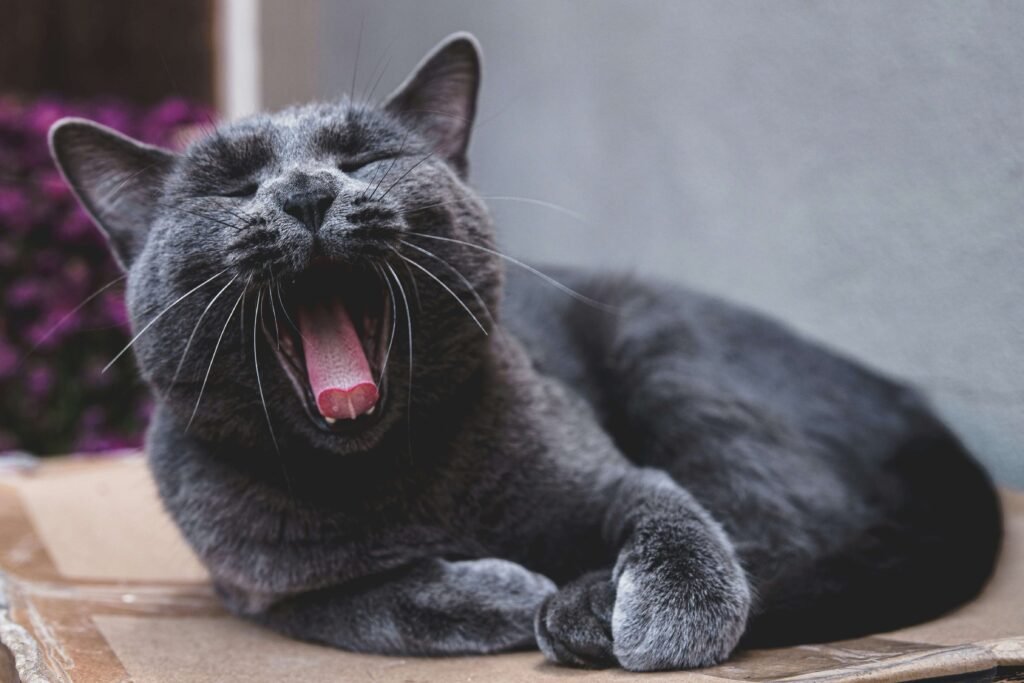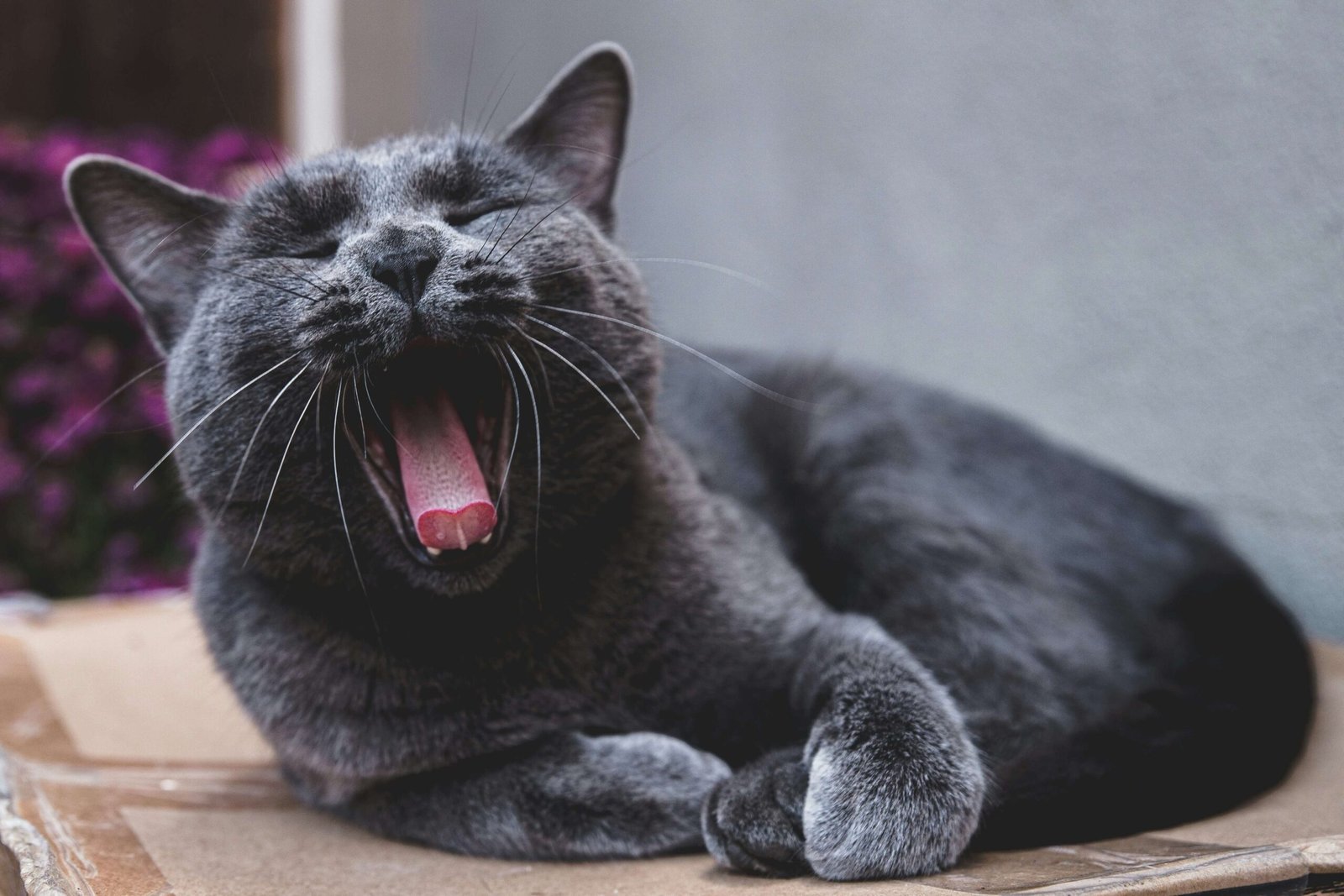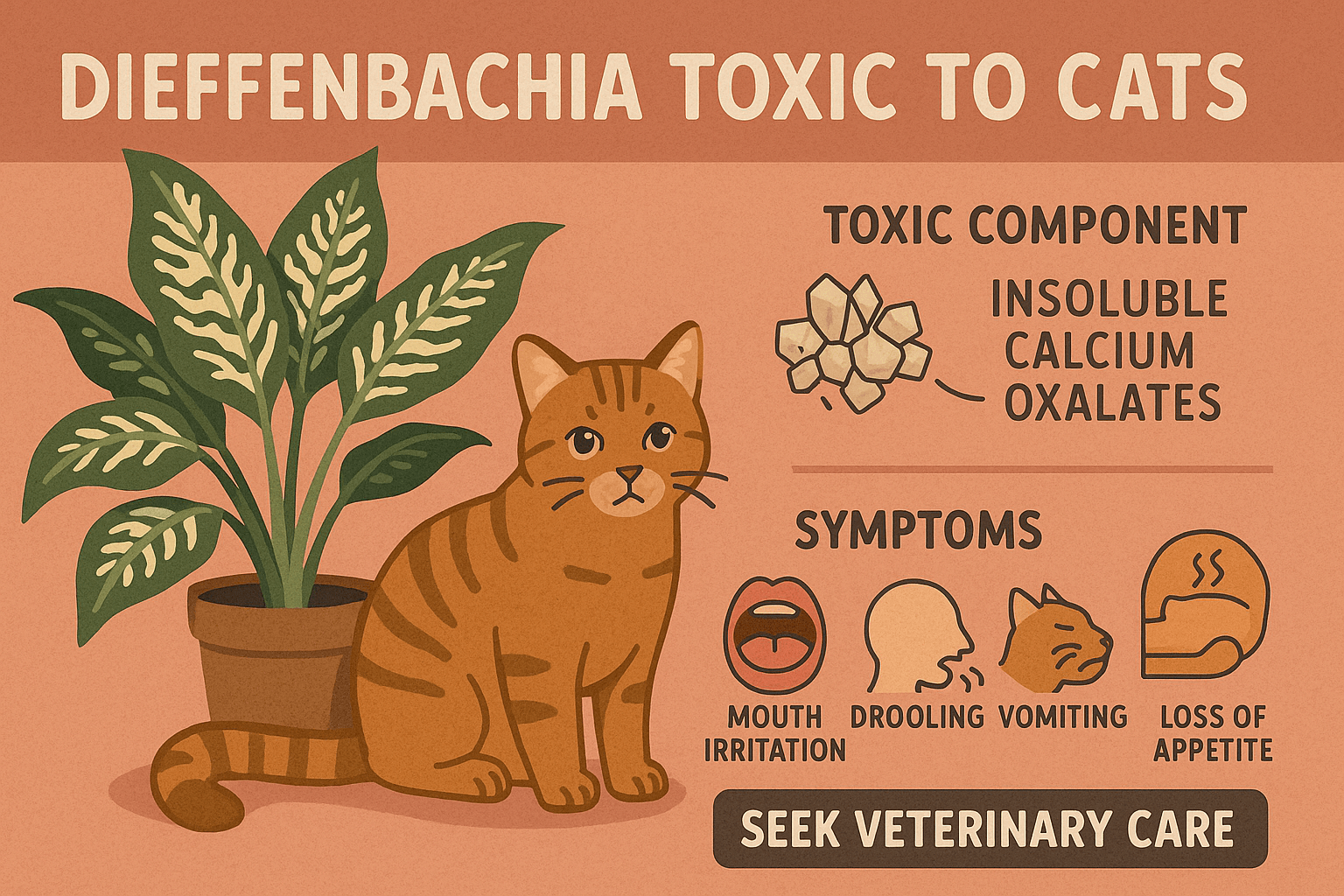How Long Can a Cat Go Without Peeing? A Guide to Feline Health
Cats are fascinating creatures, known for their independence and mysterious behaviors. However, when it comes to their health, there’s no room for guesswork. One question that often arises among cat owners is: How long can a cat go without peeing? While cats are generally low-maintenance pets, their urinary habits can reveal a lot about their well-being. Understanding the normal range of urination and recognizing potential warning signs can help you ensure your feline friend stays healthy and happy. In this blog post, we’ll explore everything you need to know about your cat’s urinary health, from typical patterns to red flags that warrant immediate attention.
Understanding Normal Urination Patterns in Cats
Cats are creatures of habit, and their bathroom routines are no exception. To determine whether your cat’s lack of urination is cause for concern, it’s essential to first understand what’s considered normal. Here’s a breakdown of typical feline urination patterns:
On average, a healthy adult cat will urinate 2 to 4 times per day.
The amount of urine produced depends on factors like water intake, diet, and overall health.
Cats fed a wet food diet tend to produce more urine due to higher water content in their meals.
Kittens and senior cats may have slightly different urination patterns compared to adult cats.
Cats with access to fresh water and a clean litter box are more likely to maintain regular urination habits.
By familiarizing yourself with these patterns, you’ll be better equipped to notice any deviations. If your cat suddenly stops urinating or shows significant changes in behavior, it could be a sign of an underlying issue.
Signs Your Cat May Be Experiencing Urinary Issues
If your cat hasn’t peed in over 24 hours, it’s time to pay close attention. Urinary issues can escalate quickly, so early detection is key. Here are some signs that your cat may be struggling:
Frequent trips to the litter box without producing urine.
Vocalizing or crying while attempting to urinate.
Licking their genital area excessively, which may indicate discomfort.
Straining or squatting for extended periods in the litter box.
Hiding or showing signs of lethargy, which could signal pain or distress.
These symptoms should never be ignored. If your cat exhibits any of these behaviors, it’s crucial to consult a veterinarian as soon as possible. Early intervention can prevent complications and ensure your cat receives the care they need.
Check this guide 👉Why Is My Cat Peeing on My Clothes? Best 7 Behavior Tips!
Check this guide 👉Why Is My Male Cat Peeing Blood but Acting Normal? Best 7 Tips

Urinary Health Tips for Cats | Warning Signs to Watch For |
|---|---|
Provide fresh water daily. | No urination for 24+ hours. |
Keep the litter box clean. | Excessive licking of genitals. |
Feed a balanced diet. | Straining in the litter box. |
Monitor water intake. | Frequent attempts to urinate. |
Schedule regular vet checkups. | Hiding or unusual behavior. |
Factors That Influence a Cat’s Urination Frequency
Several factors can impact how often your cat urinates. Understanding these influences can help you better interpret your cat’s bathroom habits. Here’s what you need to know:
Dehydration can significantly reduce the frequency of urination.
Stress or anxiety may cause a cat to avoid the litter box altogether.
Medical conditions like urinary tract infections (UTIs) or kidney disease can disrupt normal urination.
Environmental changes, such as moving to a new home, may temporarily affect urination patterns.
Certain medications can alter a cat’s urinary habits as a side effect.
By considering these factors, you can better assess whether your cat’s lack of urination is due to a temporary issue or something more serious. Always err on the side of caution and seek professional advice if you’re unsure.
What to Do If Your Cat Isn’t Peeing
If your cat hasn’t urinated in over 24 hours, immediate action is necessary. Here’s a step-by-step guide to help you address the situation:
Check the litter box to confirm whether your cat has urinated recently.
Encourage your cat to drink water by offering fresh bowls or using a pet fountain.
Gently massage your cat’s abdomen to see if they appear uncomfortable or in pain.
Avoid forcing your cat to use the litter box, as this may increase stress.
Contact your veterinarian immediately for further guidance and evaluation.
Time is of the essence when dealing with urinary blockages or other issues. Prompt veterinary care can make all the difference in your cat’s recovery.
Common Causes of Urinary Blockages in Cats
Urinary blockages are a serious concern for cat owners and can be life-threatening if not addressed promptly. These blockages often occur in male cats due to their narrower urethras, but female cats can also be affected. Below are some common causes of urinary blockages:
Crystals or Stones : Mineral deposits can form in the bladder and obstruct the urethra.
Inflammation or Swelling : Urethral inflammation can narrow the passage, preventing urine flow.
Debris or Mucus : Accumulated debris or mucus can create a physical blockage.
Stress or Anxiety : Emotional distress may contribute to urinary issues, including blockages.
Underlying Medical Conditions : Diseases like feline lower urinary tract disease (FLUTD) can increase the risk of blockages.
Understanding these causes can help you take preventive measures and recognize early warning signs. If you suspect a blockage, seek veterinary care immediately to avoid complications.
Tips for Preventing Urinary Problems in Cats
Prevention is always better than cure when it comes to your cat’s urinary health. By making a few simple adjustments to your cat’s lifestyle, you can significantly reduce the risk of urinary issues. Here are some practical tips:
Provide Access to Fresh Water : Ensure your cat has constant access to clean, fresh water to stay hydrated.
Offer a Balanced Diet : Feed high-quality food that supports urinary health, such as wet food with adequate moisture.
Maintain a Clean Litter Box : A clean and inviting litter box encourages regular urination.
Minimize Stress : Create a calm environment by providing safe spaces and avoiding sudden changes.
Schedule Regular Vet Visits : Routine checkups can help detect potential issues before they become serious.
By incorporating these practices into your cat’s daily routine, you can promote long-term urinary health and peace of mind for yourself.
When to Seek Immediate Veterinary Care
Knowing when to seek professional help can make all the difference in your cat’s recovery. Certain symptoms indicate an urgent need for veterinary intervention. Here’s what to look out for:
No Urination for Over 24 Hours : This is a critical sign that requires immediate attention.
Visible Pain or Discomfort : Crying, vocalizing, or excessive grooming of the genital area can signal distress.
Vomiting or Loss of Appetite : These symptoms may accompany severe urinary issues and should not be ignored.
Lethargy or Weakness : A lack of energy or unusual behavior could indicate a systemic problem.
Swollen Abdomen : An enlarged or tender abdomen may suggest a buildup of urine in the bladder.
If your cat exhibits any of these symptoms, don’t delay—contact your veterinarian right away. Timely intervention can save your cat’s life and prevent further complications.
FAQ
How long can a cat safely go without peeing?
A healthy cat should not go more than 24 hours without urinating. Beyond this timeframe, it’s essential to consult a veterinarian.
Why is my cat not peeing?
Possible reasons include dehydration, urinary blockages, stress, or underlying medical conditions.
Can diet affect my cat’s urination?
Yes, a diet low in moisture can lead to dehydration, while wet food can promote more frequent urination.
What should I do if my cat is straining to pee?
Monitor your cat closely and contact your veterinarian immediately, as straining could indicate a urinary blockage.
Is it normal for kittens to urinate less frequently?
Kittens may have different patterns, but they should still urinate multiple times a day. Consult a vet if you notice abnormalities.
Prioritizing Your Cat’s Urinary Health
In conclusion, understanding how long a cat can go without peeing is vital for ensuring their well-being. While occasional variations in urination patterns are normal, prolonged periods without urination should never be ignored. By staying informed and vigilant, you can detect potential issues early and provide your cat with the care they deserve. Remember, your feline companion relies on you to keep them healthy and happy. With regular monitoring and prompt veterinary attention when needed, you can give your cat the best chance at a long and fulfilling life.
How to Find a Lost Cat: Best 7 Expert Tips! Discover actionable strategies to locate your missing cat, understand their behavior, and prevent future escapes with expert advice.
Is Dieffenbachia Toxic to Cats? Best 7 Expert Tips! Discover the dangers of Dieffenbachia, symptoms of poisoning, and how to keep your cat safe with expert advice and preventive measures.
Lentigo in Cats: Best 7 Expert Tips! Discover expert advice on understanding, identifying, and managing lentigo in cats to ensure your feline's health and happiness.
Siamese Cat Lifespan: Best 7 Expert Tips! Discover how to maximize your Siamese cat’s longevity with expert advice on health, care, and lifestyle for a happy, thriving feline companion.





